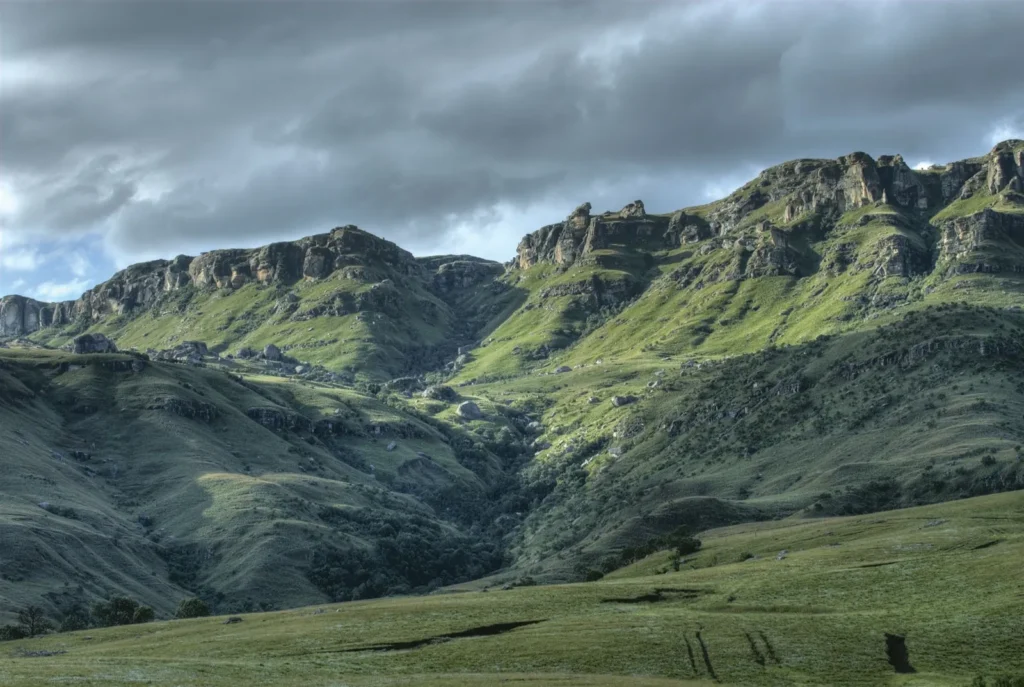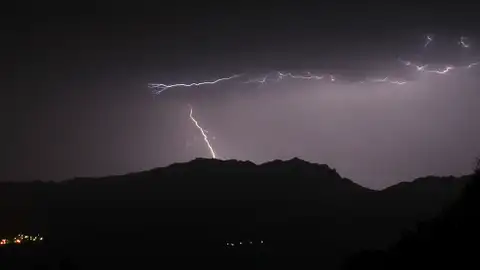Exploring the Drakensberg: A Majestic Mountain Range Shaping Southern Africa
The Drakensberg Mountains, part of the Great Escarpment, form the stunning eastern edge of the Southern African plateau. Towering over 11,400 feet in some areas, the Drakensberg is not just a geographical landmark but also a natural wonder, rich in biodiversity, history, and breathtaking landscapes. Spanning across provinces such as KwaZulu-Natal and Limpopo, this magnificent range is a haven for hikers, photographers, and nature enthusiasts alike. Whether you’re gazing at sharp pinnacles or wandering across vast plateaus, the Drakensberg offers a truly unique experience.

A Geological Marvel: The Formation of the Drakensberg
The Drakensberg is a result of millions of years of geological activity, primarily shaped by the processes of erosion and weathering. The range is composed of various rock types, such as basalt and quartzite, which contribute to its diverse appearance. Basalt, formed from volcanic activity, creates the steep, sharp pinnacles that pierce the sky, while the more resistant quartzite formations contribute to the rugged ridges. These differing rock layers also play a role in the mountain’s erosion patterns, with harder rocks creating steep, jagged edges and softer sections giving rise to more rounded and undulating formations.
The striking contrast between the sharp peaks and flatter plateaus is one of the Drakensberg’s defining features. The highest areas are often jagged, carved by lightning and severe weather, while the lower sections are more gentle, shaped by softer, sedimentary rocks that have been weathered over time. This variation in rock types and erosion patterns makes the Drakensberg a geological puzzle, inviting scientists and explorers to understand its dynamic evolution.
The Impact of Lightning on the Peaks
One of the most fascinating aspects of the Drakensberg is how lightning, a frequent visitor to the highest areas of the range, shapes the landscape. The extreme weather conditions in these areas cause frequent lightning strikes, which fracture and break apart the rock. This natural process contributes to the creation of the jagged peaks that dominate the highest parts of the mountain range. These sharp pinnacles are not only visually striking but also serve as a testament to the powerful forces of nature that continually reshape the land.
The constant clash between the elements in the Drakensberg – from lightning strikes to high winds – has made these peaks some of the most formidable and awe-inspiring in Southern Africa. For those brave enough to hike in these regions, the experience is nothing short of exhilarating, as nature’s forces seem to come alive around you.

A Rich Tapestry of Landscapes
While the jagged, lightning-struck peaks make up the Drakensberg’s dramatic skyline, the lower regions are characterized by more rounded formations, which have been shaped by the erosion of softer sedimentary rocks. These areas are often covered in lush vegetation, offering a stark contrast to the harsher, more barren highlands. The diversity in landscapes—from the flat plateaus and rolling hills to the craggy peaks and valleys—creates a patchwork of beauty, each offering a unique experience for those exploring the region.
This variety of terrains provides a home to a wide array of plant and animal species, many of which are endemic to the area. The Drakensberg is a biodiversity hotspot, with rich flora and fauna found in its various ecosystems, from grasslands to alpine meadows. Birds of prey, such as the bearded vulture, soar above the craggy peaks, while elusive mountain mammals like the rock hyrax make their homes in the more sheltered valleys.
The Drakensberg: A Hiking Paradise
For adventurers, the Drakensberg is a prime hiking destination. The mountain range offers trails for all levels of hikers, from relatively easy walks to challenging summit climbs. The hiking routes are not just physically demanding; they also immerse trekkers in the range’s natural beauty and stunning vistas. The Drakensberg is home to the famous Amphitheatre, a massive rock wall that is one of the most iconic features of the range, as well as Tugela Falls, one of the highest waterfalls in the world.
Conclusion
The Drakensberg Mountains are a true natural wonder, blending stunning landscapes with a rich geological history and a diverse ecosystem. From the jagged peaks shaped by lightning to the rounded plateaus formed by ancient processes of erosion, the Drakensberg offers an extraordinary visual and physical journey. Whether you’re exploring its rugged terrain, hiking its challenging trails, or simply taking in the breathtaking views, the Drakensberg is a must-see destination that will leave you awe-struck and inspired.
